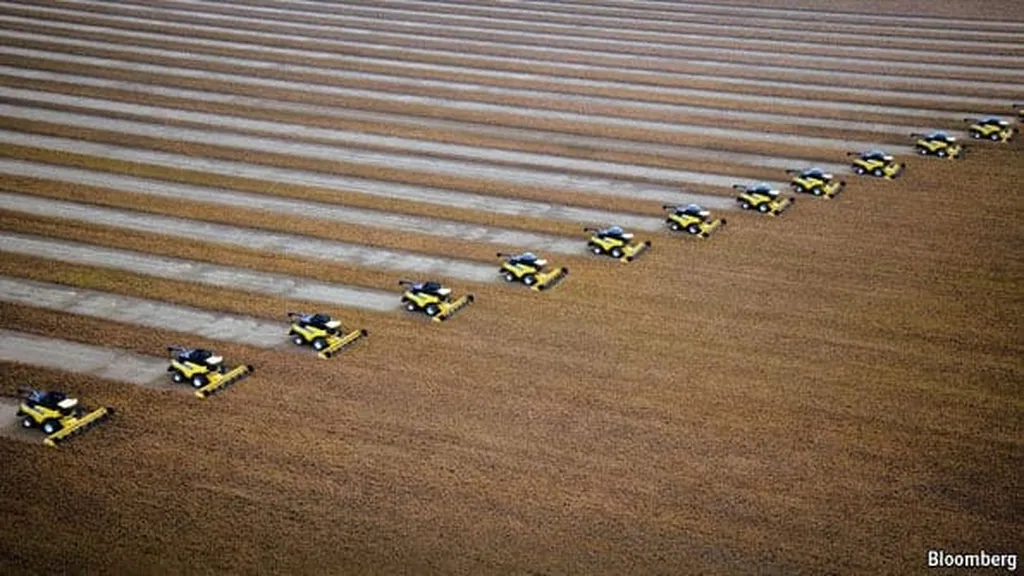In a groundbreaking development for the field of remote sensing, researchers have introduced a novel deep learning framework that promises to revolutionize land use and land cover (LULC) classification from aerial images. This advancement, led by Muhammad Attique Khan from the Center of AI at Prince Mohammad bin Fahd University in Al-Khobar, Saudi Arabia, addresses critical challenges in earth observation, with significant implications for the energy sector and beyond.
The study, published in the IEEE Journal of Selected Topics in Applied Earth Observations and Remote Sensing, focuses on enhancing the accuracy and precision of LULC classification, a task crucial for applications ranging from climate change monitoring to urban planning and water resource management. Traditional methods have often struggled with low-resolution images, leading to degraded accuracy. However, the proposed framework leverages cutting-edge deep learning techniques to overcome these limitations.
At the heart of this innovation are two novel deep learning architectures: the Super-resolution Residual Attention-based Network (SR-RAN5) and the Multimodal Inception Attention-based Convolutional Neural Network (M2IAN). The SR-RAN5 architecture is designed to generate high-quality remote sensing (RS) images from the original datasets, while the M2IAN architecture is employed for the classification of these images. The hyperparameters of the M2IAN model are optimized using the Redfox optimization algorithm, ensuring robust performance.
“Our framework not only enhances the resolution of the images but also improves the classification accuracy significantly,” explained Khan. “This is a game-changer for real-time applications in remote sensing, particularly in the energy sector where precise land use data is crucial for infrastructure planning and environmental impact assessments.”
The proposed model was tested on three publicly available aerial scene datasets: NWPU, MLRSNet, and Mixed Coastal. Impressively, it achieved accuracy rates of 91.8%, 90.6%, and 90.0% respectively, outperforming existing techniques. The model’s effectiveness was further validated through ablation studies and comparisons with current methods, solidifying its state-of-the-art status.
One of the most compelling aspects of this research is its potential for real-time applications. The ability to accurately classify land use and cover from high-resolution images can provide invaluable insights for the energy sector. For instance, it can aid in the identification of suitable sites for renewable energy projects, monitoring the environmental impact of energy infrastructure, and optimizing land use for sustainable development.
Moreover, the study employs the LIME XAI technique to interpret the model, localizing important features of the input image. This interpretability is crucial for practical applications, ensuring that the decisions made based on the model’s outputs are transparent and reliable.
As the world grapples with the challenges of climate change and sustainable development, the need for accurate and efficient land use classification has never been greater. This research not only addresses these needs but also paves the way for future advancements in the field of remote sensing. By integrating deep learning with high-resolution imaging, it sets a new benchmark for accuracy and precision, offering a powerful tool for scientists, policymakers, and industry professionals alike.
In the words of Khan, “This is just the beginning. The potential applications of our framework are vast, and we are excited to see how it will shape the future of earth observation and remote sensing.”
With its groundbreaking approach and impressive results, this research is poised to make a significant impact on the energy sector and beyond, driving forward the frontiers of technology and innovation.

